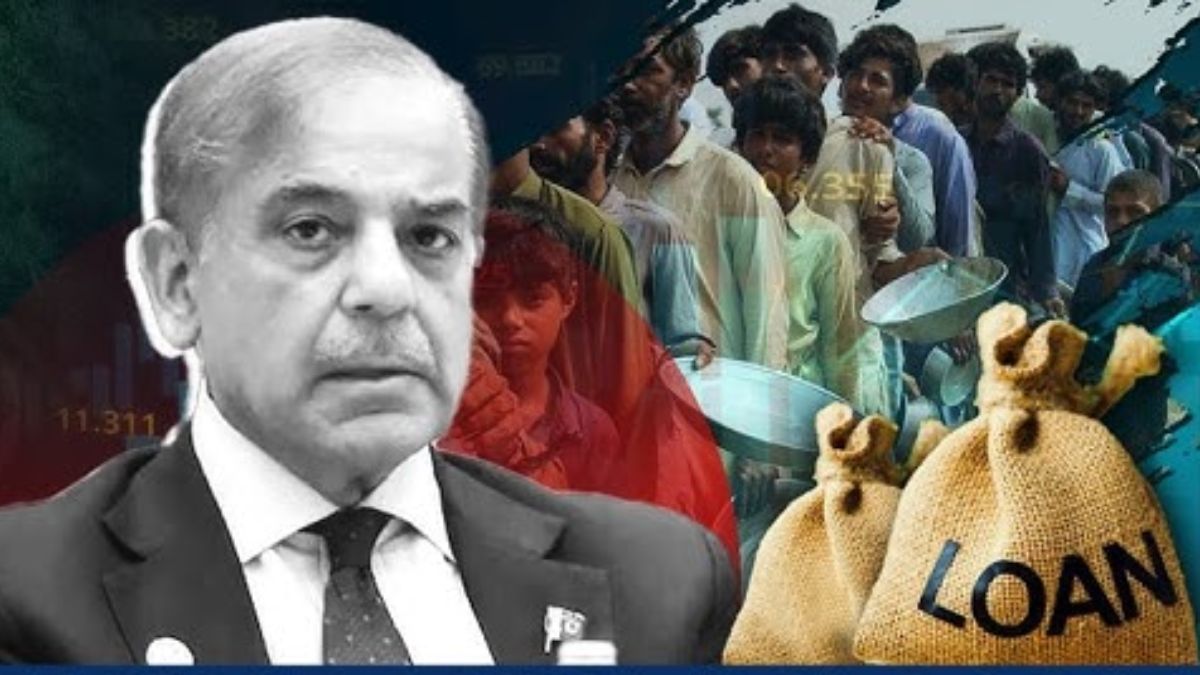Pakistan has never come out of the notion that by spending more on military, it can eventually be able to counter India in the battlefield. Reports from Pakistani media say that the country is set to increase its defence budget by nearly 18 per cent in the upcoming 2025-26 fiscal year. This would raise its defence spending to over Rs 2.5 trillion (about $14 billion), despite facing its highest-ever public debt and deepening economic challenges.
The decision to hike military funding comes against the backdrop of the battering the Pakistani forces received during the f our-day conflict with India in May in the aftermath of the Pahalgam terror attack, in which 26 people were massacred by Pakistan-backed terrorists in Jammu and Kashmir in April.
The decision also follows multiple bailout fundings by international loan agencies to aid Pakistan in dealing with its fiscal and economic challenges. That came under stringent conditions. And those agencies would be monitoring Pakistan’s military budget hike as historically such moves have meant more funding to terror outfits.
Budget increase and security context
Media reports from Pakistan say that the coalition government, led by Pakistan Muslim League-Nawaz (PML-N) and Pakistan Peoples Party (PPP), has agreed on the significant defence outlay increase. They cite a “war-like situation” with India.
The 2024-25 defence budget stood at Rs 2,122 billion, already up nearly 15 per cent from the previous year. This year’s budget hike would mean close to 35 per cent incremental hike in two years. Reports quoting sources also said the actual defence spending may rise even higher in the final quarter of the current fiscal year due to heightened military activity.
Pakistan’s Planning Minister Ahsan Iqbal confirmed the hike, linking it to India’s suspension of the Indus Waters Treaty and “water aggression” through upstream dam projects. He also said work on the $14 billion Diamer-Bhasha Dam — a strategic infrastructure project with the help from China — would be expedited.
Impact Shorts
More ShortsSoaring debt and fiscal risks
This comes against a ballooning public debt that reached a record level of PKR 76 trillion — the highest for Pakistan — as of March, according to its Economic Survey. It has nearly doubled from Rs 39.8 trillion in 2020-21 and increased five-fold over the past decade. The debt includes PKR 51.5 trillion in domestic liabilities and Rs 24.5 trillion in external borrowings. The Economic Survey warns that excessive debt and poor management pose serious risks to fiscal sustainability and economic security.
Despite securing a $3.5 billion bailout package from the International Monetary Fund (IMF) earlier this year, Pakistan faces skepticism from international observers, including India, which questions whether IMF funds might indirectly support military spending rather than economic recovery.
Pakistan’s finance ministry officials argue that the defence budget increase was communicated to the IMF and Asian Development Bank (ADB) before the bailout and that the government is balancing security needs with fiscal responsibility.
Pakistan’s real tension: Economic and social challenges
Economists warn that the rising defence expenditure, combined with ambitious infrastructure projects like Diamer-Bhasha, could crowd out social spending and derail economic reforms. Inflation remains high, threatening to touch 40 per cent (over 38 per cent), and Pakistan continues to struggle with unemployment and poverty.
Pakistan observers have been cautioning against diversion of funds for defence establishment. They argue that diverting funds to defence and megaprojects risks leaving ordinary citizens to bear the economic burden, potentially exacerbating social inequalities.
Pakistan’s upcoming 2025-26 budget clearly reflects a mis-prioritisation of the military establishment in the name of security while leaving concerns about fiscal prudence and long-term economic stability unaddressed. India and international financial institutions will closely monitor Pakistan’s budget execution and debt management in the coming months.
Pakistan’s argument has been that its security threat emerges from India, a narrative that suits its military establishment to corner a huge chunk of the country’s national budget while keeping the population in abject poverty.
But if Pakistan’s narrative is accepted, its defence spending would still be no match to India’s. While Pakistan is pushing more money into its military establishment, the core backer of terrorism for decades, India remains the world’s fifth-largest military spender at around $86 billion annually — nearly nine times Pakistan’s outlay.
Pakistan’s defence spending surge is bound to cause more economic strain on its social welfare programmes and fuel regional tensions as India would definitely take into account the growing military push in its neighbourhood, which is also the source of terrorism on its land.


)

)
)
)
)
)
)
)
)



